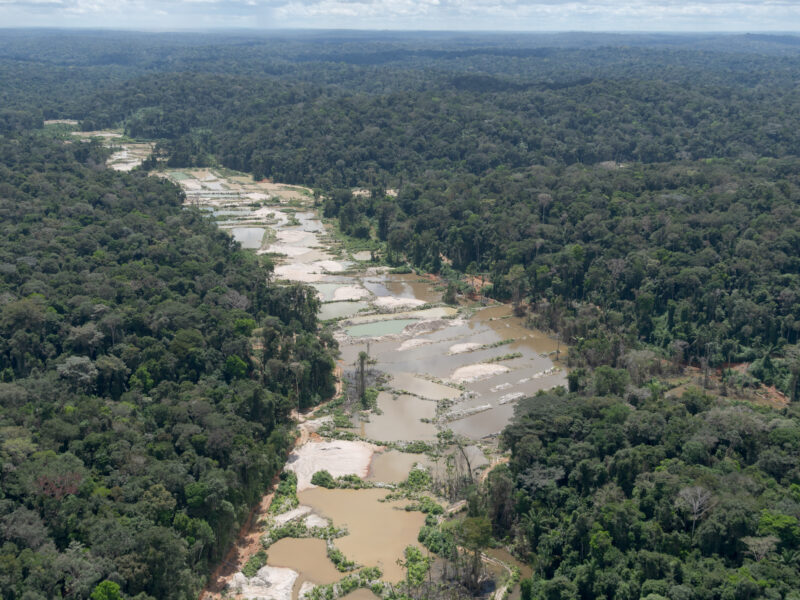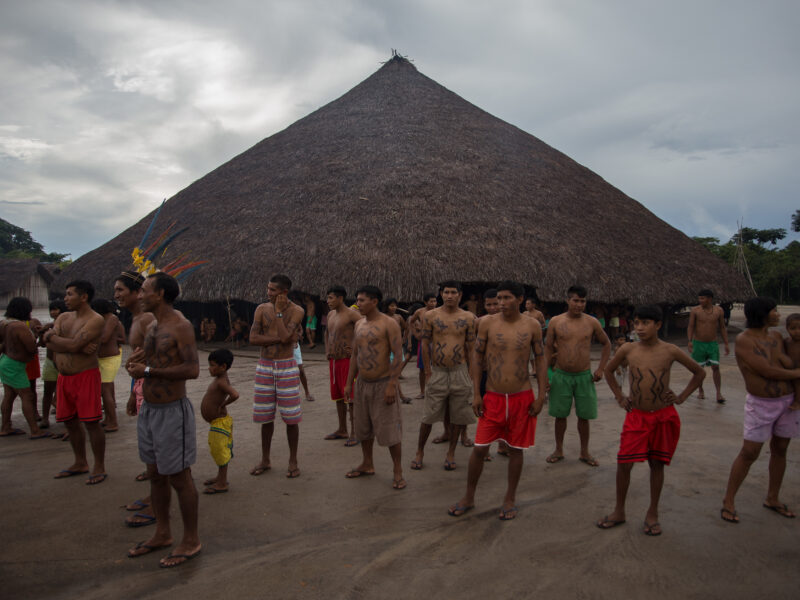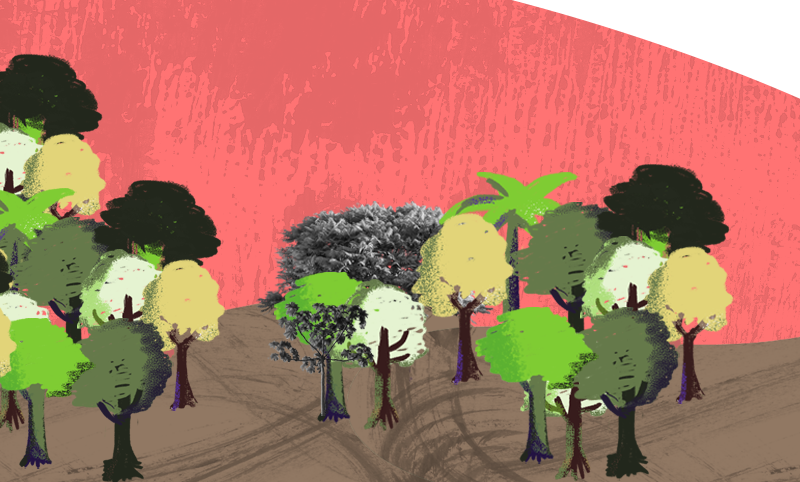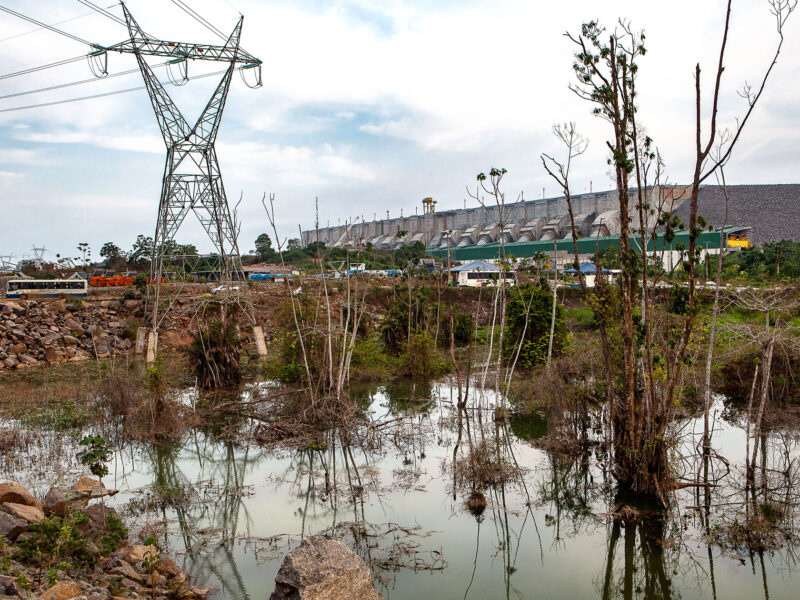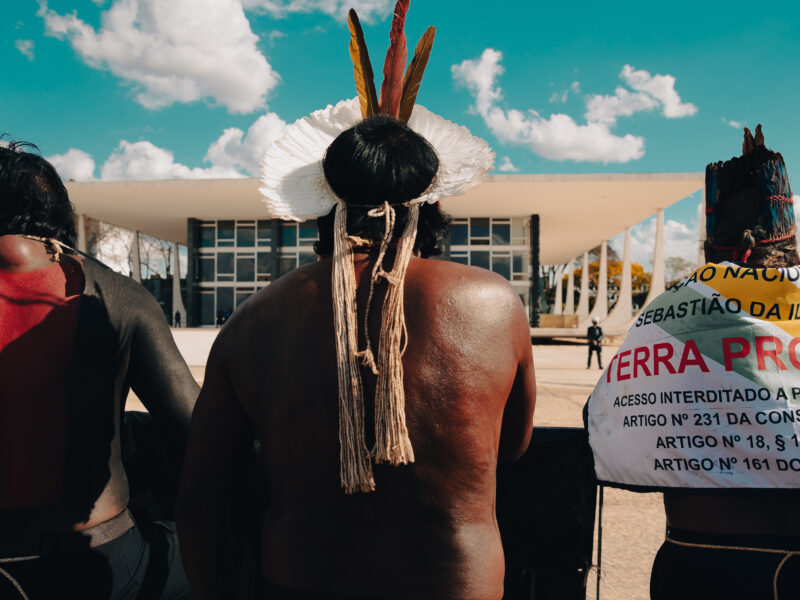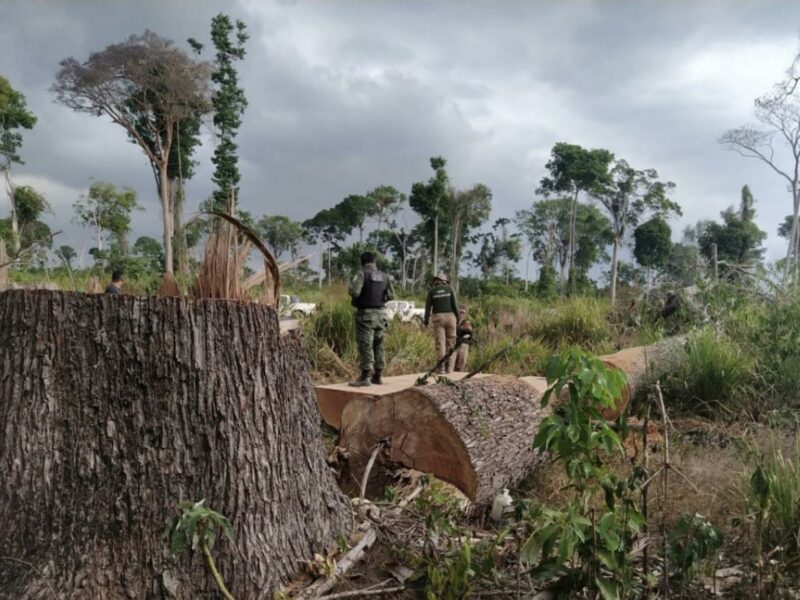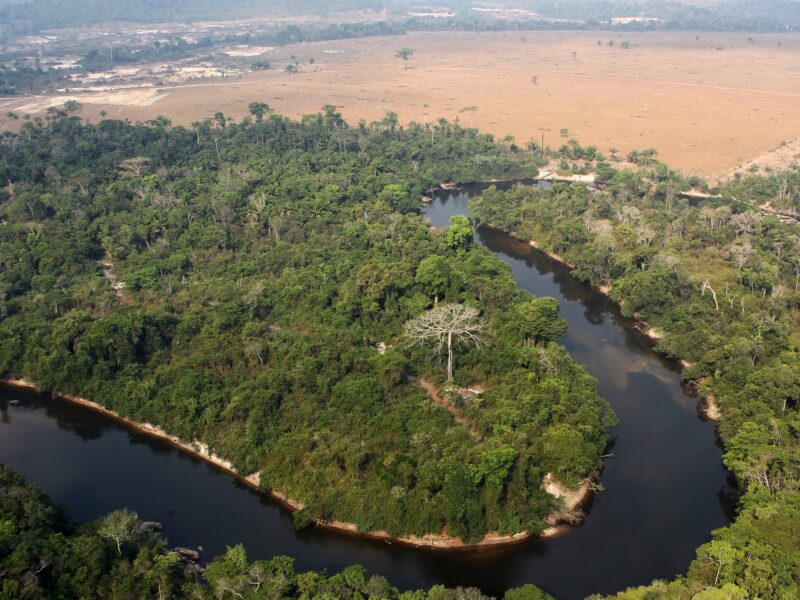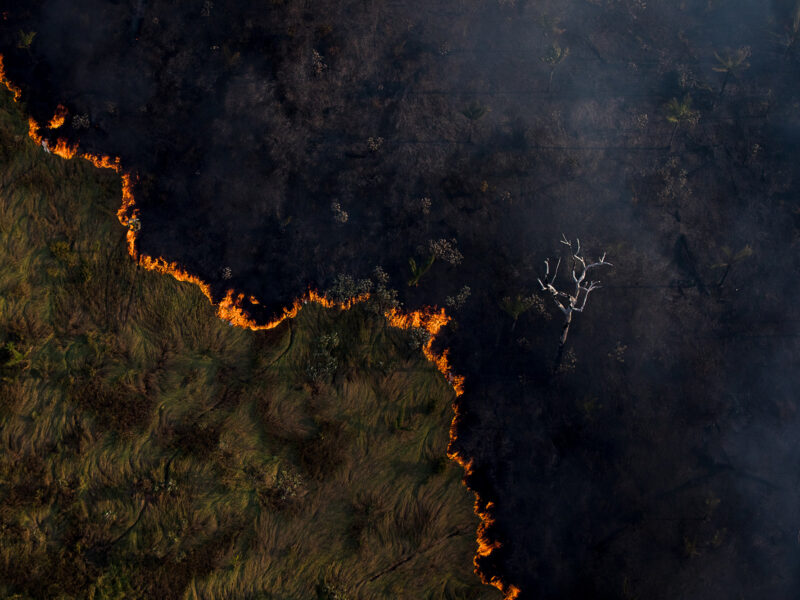Acai production has skyrocketed, increasing 40% since 2015. Authorities and experts are concerned about rising demand and want to ensure that crops are grown sustainably.
Category: Brazil
Every person in three indigenous Munduruku villages in Pará is contaminated by mercury from wildcat mining
Studies by Fiocruz show that 60% of the indigenous people of the Sawré Muybu Indigenous Land have this toxic metal in their bodies above the limit tolerated by the WHO. Mining in indigenous lands has grown by almost 500% in a decade.
Eletrobras privatization could increase deforestation and emissions in Brazil
Estimates indicate greenhouse gas emissions from the electricity sector will grow by 33% if amendments included in the omnibus bill, known as “tortoises”,are approved along with the privatization of the company, which is responsible for almost a third of energy produced in the country.
COP26: Nearly 500 million trees cut down in the Brazilian Amazon in 2021
Forestry dashboard presented at COP26 shows that 9 million trees were cut down since the beginning of the summit. The forest’s destruction interferes with the rainfall regime and increases greenhouse gas emissions.
Forest fires reached all indigenous lands with isolated peoples in the Amazon
An exclusive survey shows that, between July and September, the period that marks the dry season, fires in lands with the presence of isolated peoples accounted for more than 25% of fires in indigenous areas. The most serious cases occurred on the border with the Cerrado, in Mato Grosso, Pará, and Rondônia.
Global Manifesto Calls for End of Investment in Hydroelectric Power Plants
The appeal signed by 300 organizations around the world addresses the COP26. According to the document, hydroelectric power plants increase greenhouse gas emissions and deplete natural resources. In the Amazon, Belo Monte deforested an area larger than the city of São Paulo. Works at 12 hydroelectric plants could lead to the deforestation of 9,500 km2 in the Tapajós river basin.
Hemmed in by agribusiness, Xavante territory is hit by high Covid-related mortality rates
With pressure on their native land and traditional foods, agrochemicals polluting their rivers, and a high rate of chronic disease have left the Xavante people of Brazil’s Cerrado savanna vulnerable to the pandemic.
Most of the wood consumed in Brazil may come from illegal deforestation in the Amazon
A survey shows that failures in the control systems make it difficult to identify the origin of wood extracted from the Amazon, which increases the chances of criminal exploitation. Improving data transparency is essential to legalize production chains.
The deforestation of the largest continuous area of forest in the Amazon
In the municipality of Altamira, Pará, almost 6,500 hectares of public forests were cut down in 2020. One of the people responsible deforested 60% of this area and did not stop even after being fined by Ibama.
Fire follows deforestation in the Amazon
Studies by Brazilian scientists show that deforestation, not droughts, has been the main agent behind fires. Public policies and reinforcement of control agencies are solutions to stop the loss of native vegetation.



